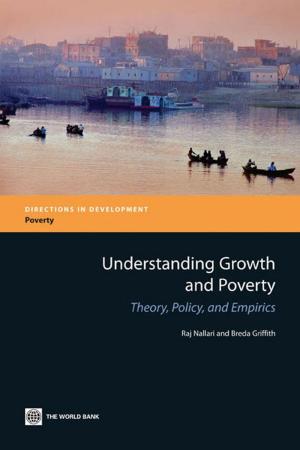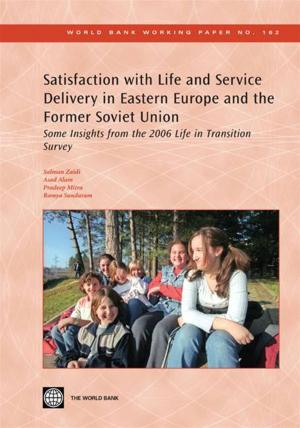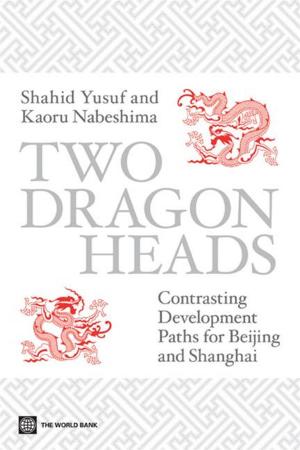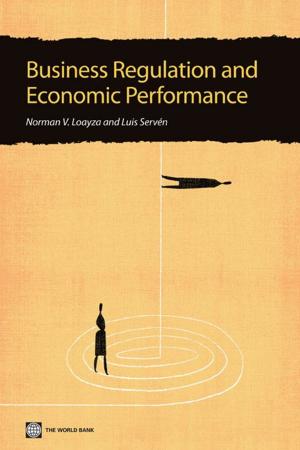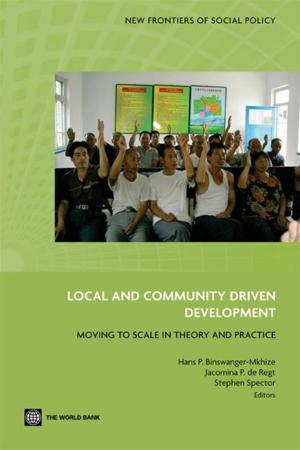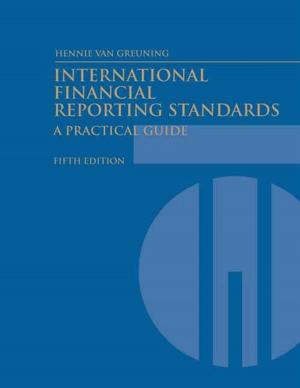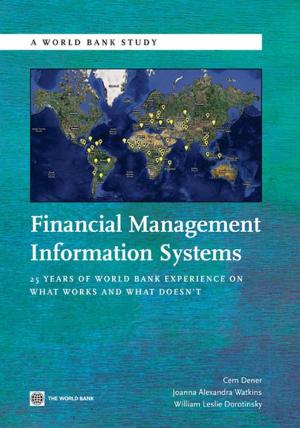Breaking Into New Markets: Emerging Lessons For Export Diversification
Nonfiction, Social & Cultural Studies, Political Science, International, International Relations| Author: | Newfarmer Richard; Shaw William; Walkenhorst Peter | ISBN: | 9780821376379 |
| Publisher: | World Bank | Publication: | March 12, 2009 |
| Imprint: | Language: | English |
| Author: | Newfarmer Richard; Shaw William; Walkenhorst Peter |
| ISBN: | 9780821376379 |
| Publisher: | World Bank |
| Publication: | March 12, 2009 |
| Imprint: | |
| Language: | English |
Since the 1950s when countries became concerned that specialization in primary products would lead to steady falls in the purchasing power of primary exports and slow growth, diversifying out of primary products into manufactures has been a major policy objective of developing countries. Indeed, since that time, developing countries generally have become more diversified, but many low income countries remain dependent on a narrow range of primary products. New questions concerning export diversification have emerged in the recent literature - and with important policy implications:• Is export diversification a natural structural outcome of the growth process itself, or can countries accelerate growth through active attention to diversifying exports?• What are the main constraints that prevent countries from diversifying - is it market failures that lead to private underinvestment in efforts to reach new export markets or is it associated with other market failures?• What policies are most suitable for countries to promote diversification - and should governments seek to stimulate export products with particular characteristics?This book explores new thinking and evidence about export diversification, and elaborates on policies to promote diversification. The papers in this book are written as short, policy focused chapters that digest often longer, more academic papers in an effort to make them accessible to a larger policy and non-technical audience. In that sense, it is a policy primer: what export diversification can and cannot do for growth, and how to make it happen.
Since the 1950s when countries became concerned that specialization in primary products would lead to steady falls in the purchasing power of primary exports and slow growth, diversifying out of primary products into manufactures has been a major policy objective of developing countries. Indeed, since that time, developing countries generally have become more diversified, but many low income countries remain dependent on a narrow range of primary products. New questions concerning export diversification have emerged in the recent literature - and with important policy implications:• Is export diversification a natural structural outcome of the growth process itself, or can countries accelerate growth through active attention to diversifying exports?• What are the main constraints that prevent countries from diversifying - is it market failures that lead to private underinvestment in efforts to reach new export markets or is it associated with other market failures?• What policies are most suitable for countries to promote diversification - and should governments seek to stimulate export products with particular characteristics?This book explores new thinking and evidence about export diversification, and elaborates on policies to promote diversification. The papers in this book are written as short, policy focused chapters that digest often longer, more academic papers in an effort to make them accessible to a larger policy and non-technical audience. In that sense, it is a policy primer: what export diversification can and cannot do for growth, and how to make it happen.

